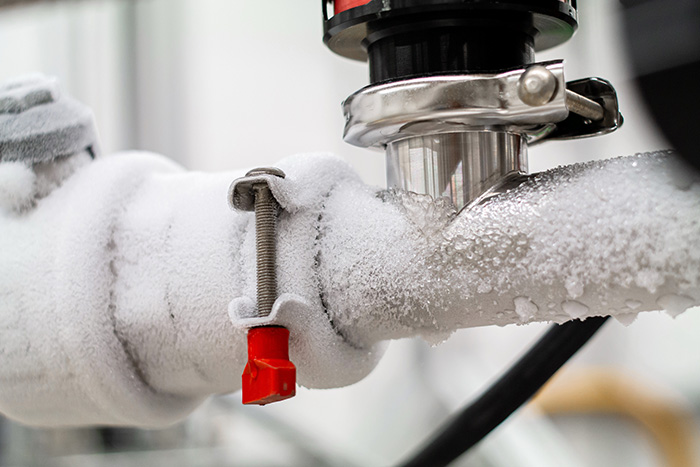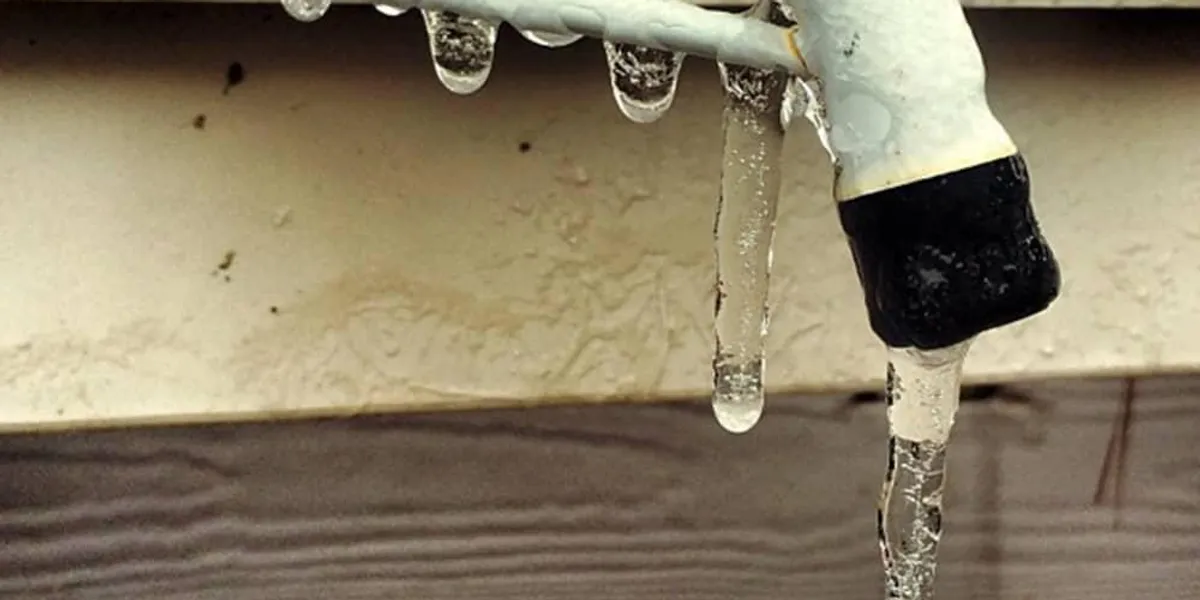Protecting Against Frozen Plumbing: Effective Tips for Cold Weather
Protecting Against Frozen Plumbing: Effective Tips for Cold Weather
Blog Article
Just how do you really feel with regards to How To Avoid Freezing Pipes?

Winter can wreak havoc on your pipes, particularly by freezing pipelines. Right here's how to avoid it from happening and what to do if it does.
Introduction
As temperature levels drop, the danger of icy pipelines rises, potentially leading to pricey repairs and water damages. Understanding how to prevent icy pipelines is crucial for home owners in cold climates.
Avoidance Tips
Insulating at risk pipes
Wrap pipes in insulation sleeves or make use of heat tape to secure them from freezing temperatures. Concentrate on pipes in unheated or exterior locations of the home.
Heating techniques
Keep indoor spaces appropriately heated up, particularly locations with pipes. Open up closet doors to allow cozy air to distribute around pipelines under sinks.
Just how to determine frozen pipelines
Look for decreased water circulation from faucets, uncommon odors or sounds from pipes, and noticeable frost on revealed pipelines.
Long-Term Solutions
Structural changes
Think about rerouting pipes away from exterior wall surfaces or unheated locations. Add extra insulation to attic rooms, cellars, and crawl spaces.
Upgrading insulation
Purchase top quality insulation for pipelines, attics, and wall surfaces. Correct insulation helps maintain consistent temperature levels and decreases the threat of frozen pipelines.
Protecting Exterior Pipes
Garden tubes and exterior taps
Detach and drain garden hoses prior to winter months. Set up frost-proof faucets or cover outside faucets with insulated caps.
Comprehending Frozen Pipelines
What causes pipelines to ice up?
Pipelines freeze when exposed to temperature levels listed below 32 ° F (0 ° C) for prolonged periods. As water inside the pipelines freezes, it increases, putting pressure on the pipe walls and potentially triggering them to break.
Risks and problems
Frozen pipes can cause water disruptions, property damages, and costly repairs. Ruptured pipes can flood homes and trigger extensive structural damages.
Indications of Frozen Water Lines
Recognizing icy pipelines early can prevent them from bursting.
What to Do If Your Pipelines Freeze
Immediate actions to take
If you believe frozen pipelines, keep faucets open to ease pressure as the ice thaws. Use a hairdryer or towels taken in warm water to thaw pipes gradually.
Verdict
Stopping frozen pipes calls for positive steps and fast actions. By comprehending the reasons, signs, and preventive measures, home owners can shield their plumbing throughout cold weather.
5 Ways to Prevent Frozen Pipes
Drain Outdoor Faucets and Disconnect Hoses
First, close the shut-off valve that controls the flow of water in the pipe to your outdoor faucet. Then, head outside to disconnect and drain your hose and open the outdoor faucet to allow the water to completely drain out of the line. Turn off the faucet when done. Finally, head back to the shut-off valve and drain the remaining water inside the pipe into a bucket or container. Additionally, if you have a home irrigation system, you should consider hiring an expert to clear the system of water each year.
Insulate Pipes
One of the best and most cost-effective methods for preventing frozen water pipes is to wrap your pipes with insulation. This is especially important for areas in your home that aren’t exposed to heat, such as an attic. We suggest using foam sleeves, which can typically be found at your local hardware store.
Keep Heat Running at 65
Your pipes are located inside your walls, and the temperature there is much colder than the rest of the house. To prevent your pipes from freezing, The Insurance Information Institute suggests that you keep your home heated to at least 65 degrees, even when traveling. You may want to invest in smart devices that can keep an eye on the temperature in your home while you’re away.
Leave Water Dripping
Moving water — even a small trickle — can prevent ice from forming inside your pipes. When freezing temps are imminent, start a drip of water from all faucets that serve exposed pipes. Leaving a few faucets running will also help relieve pressure inside the pipes and help prevent a rupture if the water inside freezes.
Open Cupboard Doors
Warm your kitchen and bathroom pipes by opening cupboards and vanities. You should also leave your interior doors ajar to help warm air circulate evenly throughout your home.

We had been brought to that write-up on Winter Plumbing Precautions: Preventing Frozen Pipes through an acquaintance on another web page. Do you know another individual who is inquisitive about How to Prevent Your Pipes From Freezing? Be sure promote it. Thanks for going through it.
Call Today Report this page